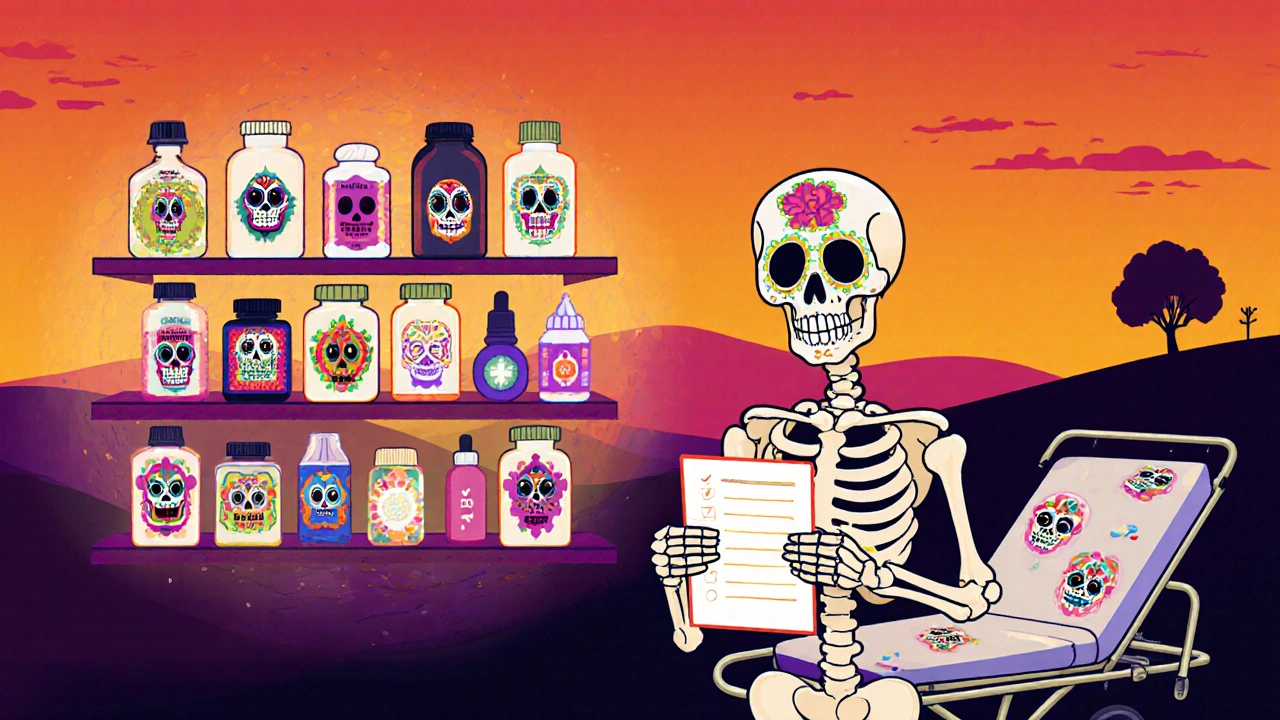Pharmacist-Led Reconciliation: What It Is and Why It Saves Lives
When you’re discharged from the hospital, your pharmacist-led reconciliation, a process where a pharmacist reviews all your medications to catch errors, overlaps, or dangerous interactions. Also known as medication reconciliation, it’s not just paperwork—it’s a safety net that stops mistakes before they hurt you. Too many patients leave the hospital with the wrong pills, the wrong doses, or pills that clash with each other. A 2020 study in the Journal of Patient Safety found that over 40% of discharge medication errors could have been caught by a pharmacist reviewing the list—errors that led to readmissions, ER visits, or even death.
Pharmacist-led reconciliation isn’t about counting pills. It’s about asking: Why are you on this? Is it still needed? Does it interact with that other one? Did the doctor forget to cancel something? Pharmacists look at everything: prescriptions from your primary care doc, specialists, ER visits, even over-the-counter stuff and supplements. They spot when you’re on two drugs that do the same thing, or when a new drug cancels out an old one. They check kidney and liver function, age, allergies, and even your ability to swallow pills. This isn’t guesswork—it’s a systematic review backed by protocols used in top hospitals.
It’s not just about the drugs themselves. It’s about the people taking them. An elderly patient might be on ten medications because four different doctors prescribed them without talking to each other. A young adult with anxiety might be given a new antidepressant while still taking an old one they forgot to mention. These aren’t rare cases—they happen every day. And in every case, a pharmacist sitting down with the chart can spot the red flags a rushed doctor might miss.
What you’ll find in these articles is real-world examples of how this process works: how pharmacist-led reconciliation catches dangerous drug interactions, how it prevents medication errors after surgery, how it helps patients with chronic conditions like diabetes or heart failure stay safe, and how it’s changing the way care is delivered—from hospitals to home visits. You’ll see how pharmacists use tools, checklists, and communication to turn chaos into clarity. This isn’t theory. It’s practice. And it’s saving lives one pill at a time.

